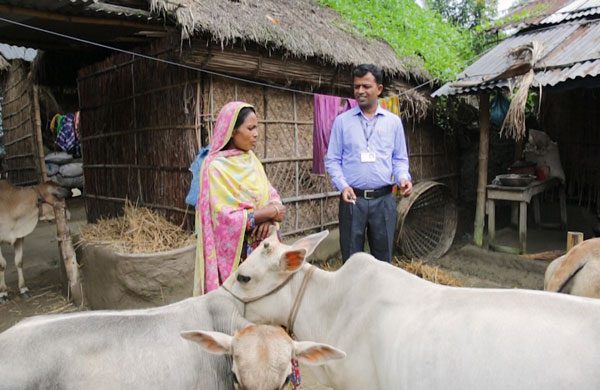Is it even possible to eradicate poverty completely?
Reading Time: 2 minutes
According to the Pareto principle, 80% of the world’s wealth is in the hands of 20% of the people. Even if more resources are created, the distribution of the new wealth will follow the same rule. This rule does not only work in economics, but it also applies in science and sports for the prediction of results, and in computer engineering for simulation and testing.
According to the Pareto principle, 80% of the world’s wealth is in the hands of 20% of the people. Even if more resources are created, the distribution of the new wealth will follow the same rule. This rule does not only work in economics, but it also applies in science and sports for the prediction of results, and in computer engineering for simulation and testing.
Business Insider says there exists about USD 214 trillion worth of wealth in this world. There are 7 billion people in this world, and according to this rule USD 171 trillion (214 x 80%) should be in the hands of 1.4 billion people.
If we want help the world’s poorest 2 billion people by creating new resources and opportunities, how much of the new resources actually get transferred to the wealthier 20% ie, 1.4 billion people? Yes, 80% of it.
A poor man trying to dig out a non-renewable resource to feed his family is an all too common scenario, and what we often overlook is that most of that resource will only make the rich richer.
In central Indonesia there is a seaside village called Lamakera. It is considered to be the world’s largest sting ray fishing site. Villagers here have conducted traditional sting ray hunts for many generations, but with the arrival of the gill plate trade in the early 2000s, the community converted to diesel engines and transformed to a full-scale commercial fishery, landing over 1,000 sting ray in a single season and threatening the very existence of the species.

The villagers are poor and they do not have alternative livelihoods other than to fish. Gills of sting rays bring them enough money to survive and send their kids to school and yet, the selling of gills is a million-dollar trade in the Chinese medicine market. This million-dollar resource is not making the fishermen millionaires, as most of the money makes its way into the hands of a handful of corrupt businessmen in China.
Is it possible to create a world where no one lives under the poverty line without depleting every last bit of our resources? Does our earth contain enough?
The obvious answer is no, the earth does not have enough, but we are no fools either. The 80/20 rule works when we let nature run its autonomous course. If we acknowledge that this is how nature works and take steps against it, then the tide can be turned. This is why volunteering and philanthropic activities are important. Donations rotate the existing wealth without digging out more resources from the earth.
You may think the eight richest people on earth own half the wealth in this world. You may think any one of them could eradicate poverty from Africa and Asia once and for all, if they really wanted to, but it is not that simple. You see, if Bill Gates wanted to feed the poorest two billion people one meal, it would probably cost him around USD 4 billion, right? With USD 2 per head, it could be a feast. Wrong- the 80/20 rule says it would cost him USD 120 billion. I don’t think he has that much cash at hand.
So, the next time before looking up to Bill Gates, remember this- poverty is a problem much bigger than Bill Gates, Mark Zuckerberg or Warren Buffett, and it requires every able hand to beat the Pareto’s principle.
Partha S Karmaker is the MIS manager at BRAC Communications.
The post originally appeared here.





